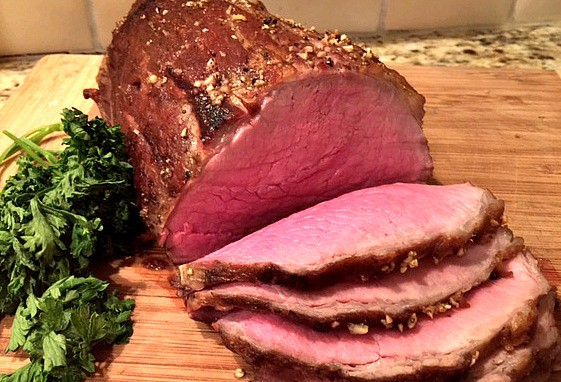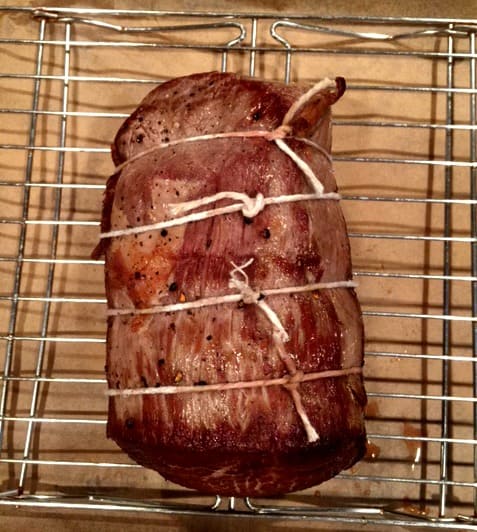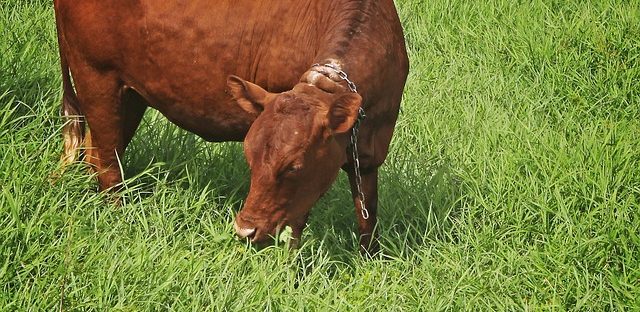Beef really gets a bad rap as being the cause of several major illnesses which include heart disease and cancer. These arguments do not make the distinction between conventional feed-lot beef and 100% grass-fed beef. There is a huge difference though. I want to help you answer the question, “Should you eat meat?”
Essential Amino acids
Our bodies can produce certain amino acids, but essential amino acids can only be obtained from food. Notice the word essential. We need these amino acids for optimal health. You can obtain protein from fruits and vegetables, but they are incomplete. The only complete protein sources of essential amino acids are found in beef, fish, poultry, and eggs. But not all beef is the same.
Grass-fed beef versus grain-fed Beef
You have probably heard that saturated fat from meat is what will clog your arteries and cause heart disease. Grass-fed beef is high in omega-3 fat. It is this fat that protects the heart and prevents cancer.
A study by researchers at California State University found that beef from cows that exclusively eat grass fit a diet lower in saturated fat and higher in “good fats” and other nutrients. Not only does grass-fed beef contain more omega-3 fats than CAFO beef, but it also is lower in calories and higher in vitamins A and E, antioxidants, beta-carotene. Omega-3 fat has been shown to reduce the risk of cancer and heart disease.
On the other hand, conventional beef, fed on grain has a much higher Omega-6 to Omega-3 fatty acid ratio, which can cause inflammation which is the real culprit in heart disease.
Cooking grass-fed beef

You’ll find pastured beef to leaner than conventional beef, so the best cooking method is “low and slow.” For steaks, you want to just sear them, then reduce the temperature to a low setting until done. Chuck roasts, bottom round roast, or briskets are great in the crockpot. Top sirloin roasts or eye round are best cooked at a low temperature for a long time as in this simple roast recipe.
Here is a great source for online grass-fed beef.

Daley, Cynthia A, et al. “A Review of Fatty Acid Profiles and Antioxidant Content in Grass-Fed and Grain-Fed Beef.” Nutrition Journal, BioMed Central, 10 Mar. 2010, www.ncbi.nlm.nih.gov/pmc/articles/PMC2846864/.

| Servings |
people
|
- 3 pound eye round roast or top sirloin roast
- sea salt
- 2 tablespoons olive oil
- black pepper
Ingredients
|

|
- Sprinkle all sides of the roast with sea salt. Wrap and place in refrigerator for at least 24 hours.
- Rub roast with oil and season with pepper.
- Heat oil in a large skillet and sear roast on all sides.
- If roast is not uniform in shape, tie it with 4-5 pieces of kitchen string.

- Roast in the oven at 225 degrees until meat thermometer reads 115 for rare, 125 for medium-rare, about 1 1/4 to 2 hours.
- Turn off the oven and leave the roast inside without opening door, until thermometer reads 130°F for medium-rare or 140°F for medium, 30 to 50 minutes longer.
- Remove roast from oven and allow to rest for 15 minutes. Slice thinly against the grain.
Latest posts by Erin Sands (see all)
- Meyer Lemon Tart – Gluten/Dairy Free - January 23, 2020
- Gingery Roasted Cranberry Sauce - November 9, 2019
- Blueberry Skillet Baked Oatmeal - June 18, 2019

